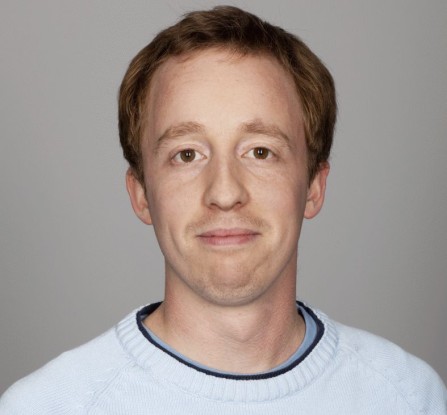Dr.-Ing. Jens Hermann
Arbeitsgebiet(e)
Kontakt
Cooling of combustor liners is essential for the safe and reliable operation of all gas turbines and aero-engines. Although cooling of combustor liners is a research topic for more than 60 years, up to now there are only very few test rigs that are capable of simulating the complex interaction between a flame and the introduced cooling air. This work introduces such a new test rig to study flame cooling-air interactions in the vicinity of walls. A pressurized single sector combustor that is operated at elevated pressures and combustor inlet temperatures was modified with an effusion cooled liner segment. The liner segment inside the combustion chamber is fully optically accessible to study the combustion processes by means of laser diagnostics. A movable block swirler allows a variation of the combustion air swirl number in the range of zero to two during the operation of the rig. This feature is used to bring the flame in contact with the liner wall. Typical for next generation aero engines, a lean premixed flame is investigated.
Methods and Theory
To quantify the flame wall interaction several measurement techniques will be used. The flow field will be investigated by the means of Particle Image Velocimetry (PIV). Laser Induced Fluorescence of the OH molecule gives and insight the shape and position of the flame. The cooling-air and its penetration in the main flow is visualized by a tracer LIF method. Acetone aerosol is therefore added to the cooling air and illuminated by a UV laser. To measure the wall temperature and thus the effectiveness of the cooling scheme, thermographic-phosphors will be applied to the effusion cooled liner wall. To get an insight in the thermodynamic state of the main flow, a combined CARS and CO-LIF approach is used.
Proceeding
Start of the project is 01.01.2012. In the first period, which will last approximately until January 2013, the design and modification of the new test facility will be finished. The commissioning and the evaluation will end in summer 2013. In the following two years, the measurements will be carried out like described under Methods and Theory.


